1939
The administration of President Leon W. Hartman began with a formal inauguration on December 15th after serving as interim president for more than a year. He was the University’s 6th president.
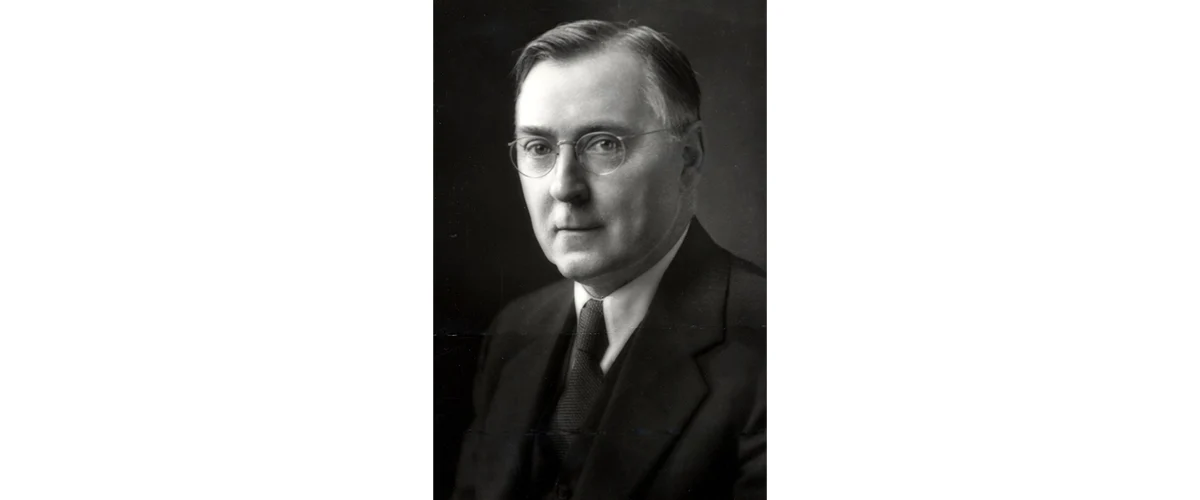
Black and white headshot of Leon W. Hartman.
1941
The state legislature authorized a bond issue to construct a new gymnasium.
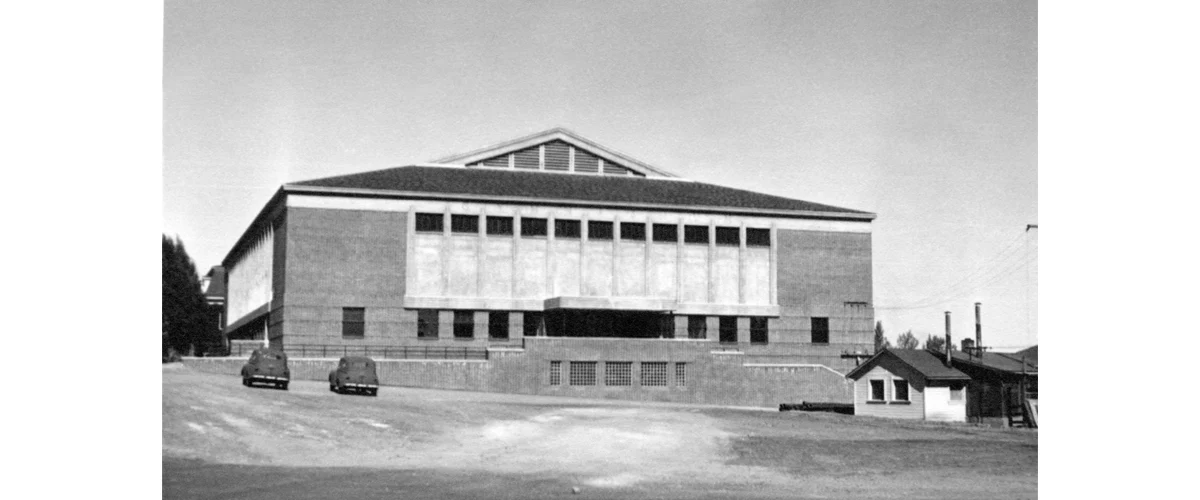
1942 black and white photo of two cars parked by the southern entrance to the Virginia Street Gymnasium.
1941
Commencement ceremonies included celebrations for the 50th anniversary of the graduation of the University's first four-year class.
1942
The University’s war effort included the development of additional special summer session offerings.
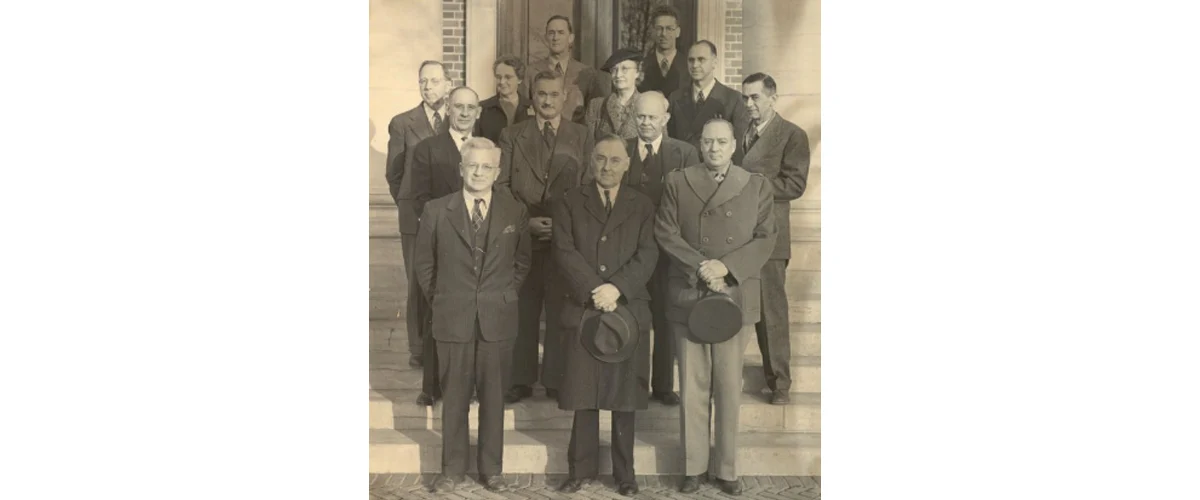
Black and white photo of members of the University War Council in 1943.
1942
After no major capital improvements for 30 years, the University constructed a new engineering facility, later named the Stanley Palmer Engineering Building.
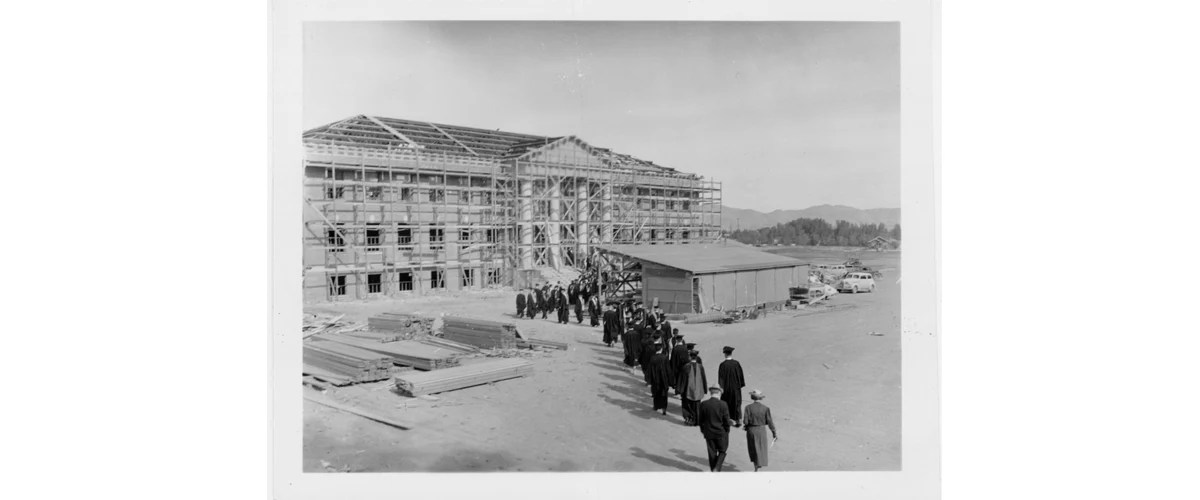
A black and white view of the Palmer Engineering Building Dedication is seen here with faculty in academic attire leading a procession into a scaffold building and a woman wearing a hat in the foreground.
1943
The Army and Army Air Force training contingents arrived at the University.
1942
President Hartman died in office on August 27th.
1944
The University celebrated the inauguration of John O. Mosely as its 7th president on October 12th.
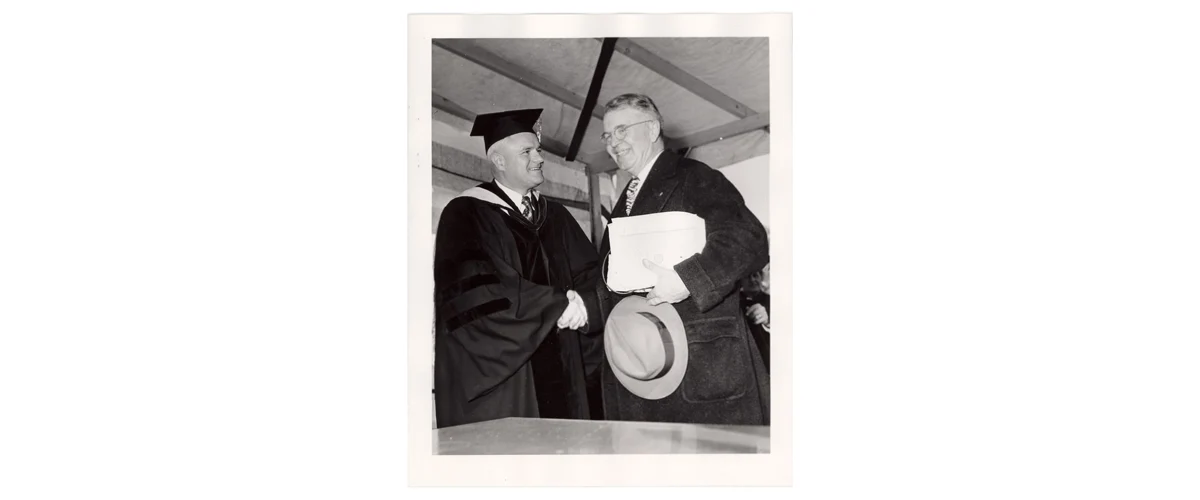
John O. Moseley, left, shakes hands with a man in academic attire. Moseley was President of the University of Nevada from 1944-1949 (photographic print, 8 x 10 inches).
1946
The University canceled a football game at Mississippi State when its state athletic director requested that Nevada play without African-American players.
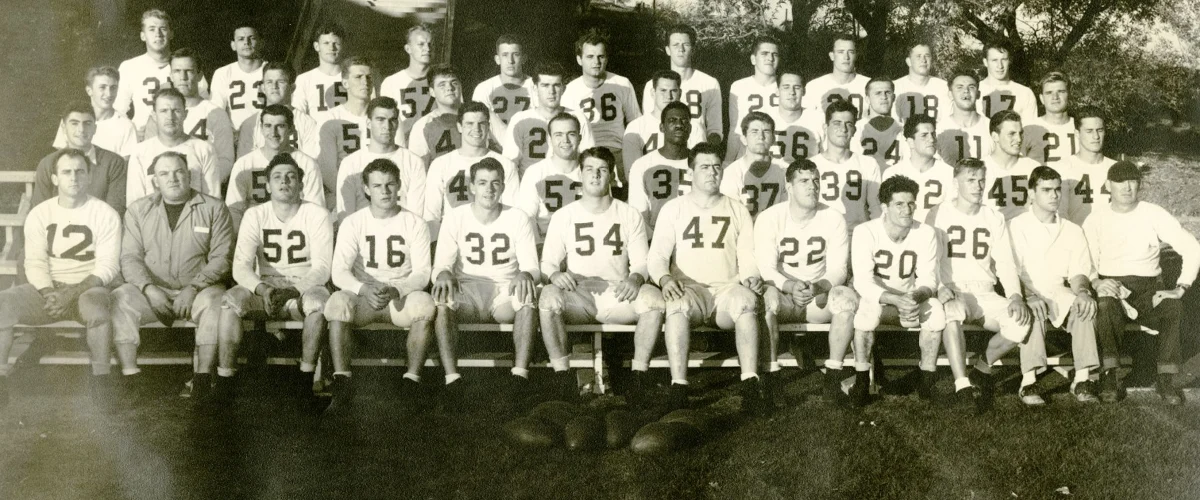
Photograph of the 1946 Nevada football team with head coach James "Jim" Aiken, assistant coach Glenn "Jake' Lawlor, and team manager Eppie Johnson. Identifiable athletes include: #20 Jordan "Turk" Eliades, #45 Ron Bowers, #16 John Subda, #17 Bill "Wildcat" Morris, #35 Horace Grant, #24 Tom Kalmanir, #21 Richard "Dick" Trachok, #54 Ed Sharkey, #26 Carl Robinson, #52 Ken Sinofsky, and #47 Dan Talcott.
1948
The Twentieth Century Fox filmed Apartment for Peggy on campus, one of several movies shot on University grounds during the 1940s.
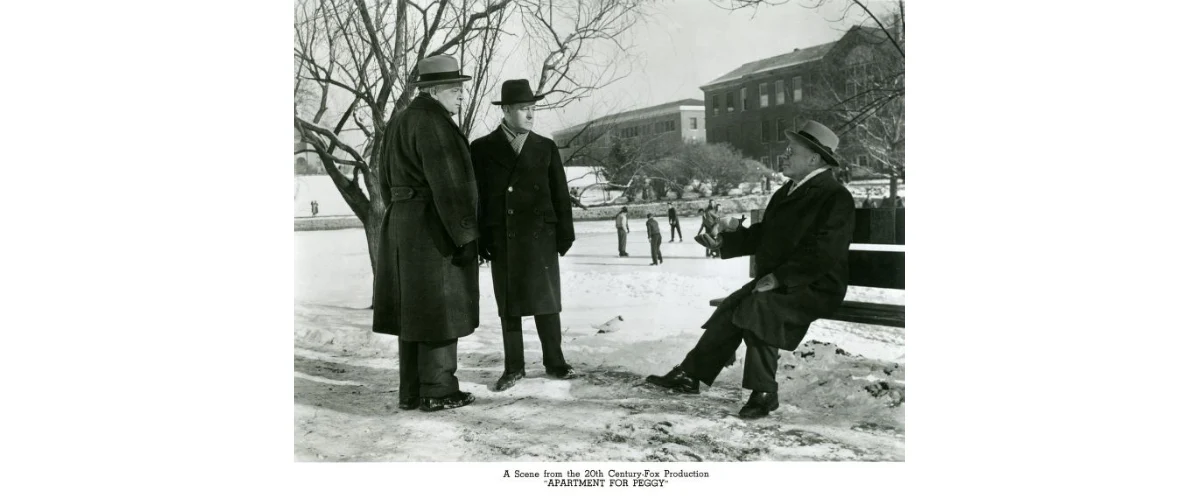
This 20th Century-Fox's "Apartment for Peggy" still shows Gene Lockhart and Henri Letondal standing in the snow near Edmund Gwenn who is seated on a bench. Students skate on Manzanita Lake in the background with views of the Thompson Building (left) and Frandsen Humanities Building (right).
1949
Gilbert E. Parker became acting president on July 1st after the resignation of John Mosely.
1951
On June 10th and 11th, the University celebrated the inauguration of Malcolm A. Love as its 8th president.
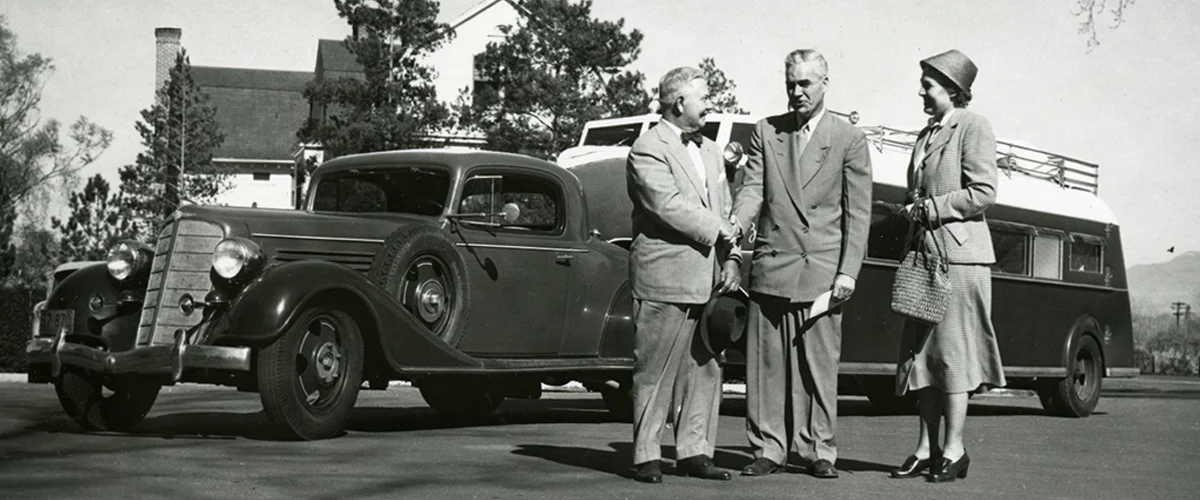
Arthur K. Bourne, University President Malcolm Love, and Mrs. Alberta Bourne stand in front of the donated Buick Aerocar car and the Zephyr trailer. The Buick Aerocar pilot car and the Zephyr trailer were part of the Pilot Car & Trailer donation to the university.
1952
Stella Mason Parson became the first African American woman graduate, with a Bachelor of Arts in English.
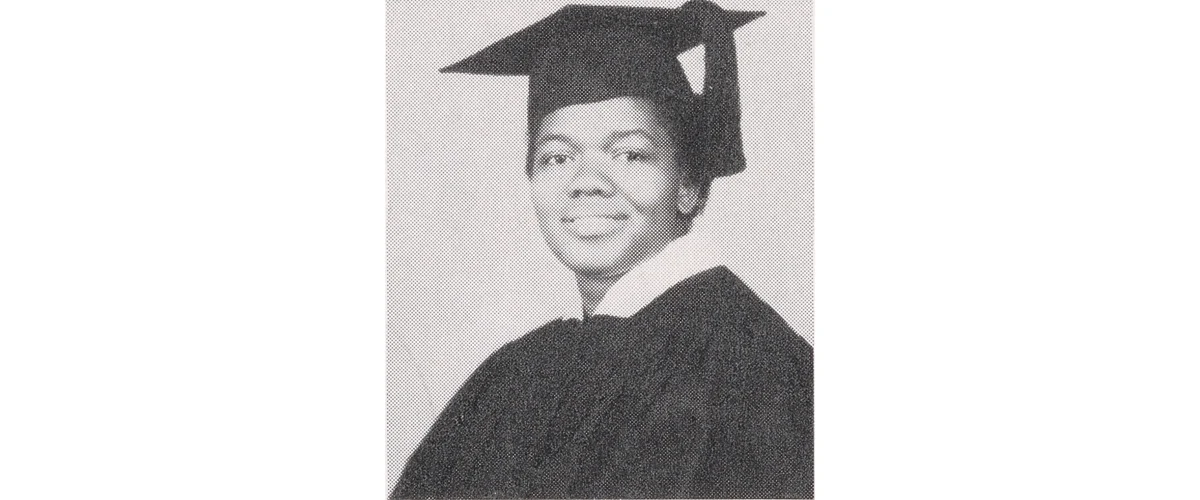
Senior portrait in the 1952 edition of the Artemisia of first female African American to graduate from UNR.
1953
On June 8th, the University celebrated the inauguration of Minard W. Stout as the 9th president.
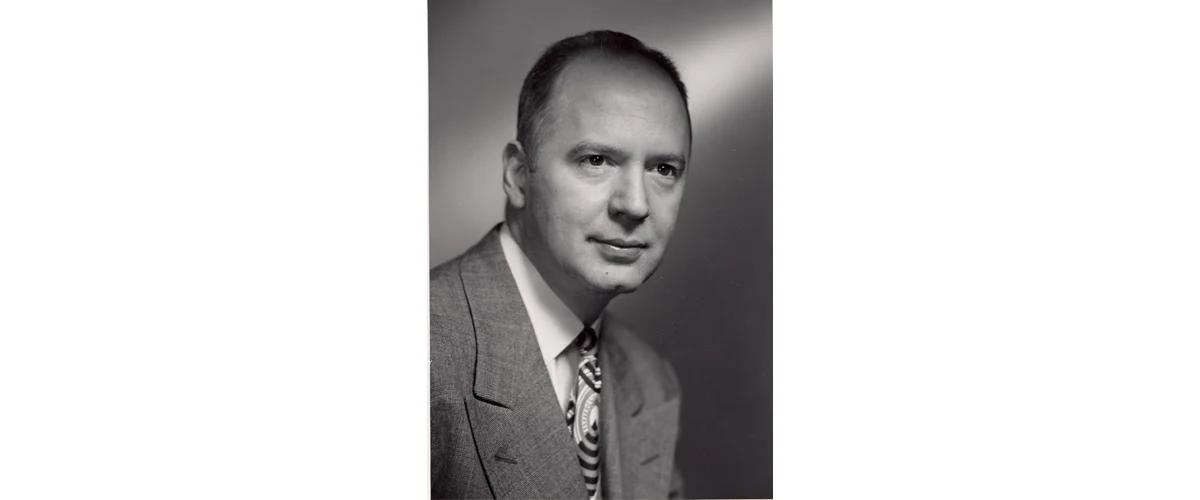
Black and white headshot of Minard W. Stout.
1954
The University established a Nevada Southern branch in Las Vegas with 269 students.
1956
The legislature funded a new building to support business education. The building was named for Silas E. Ross, a former regent who served for 25 years.
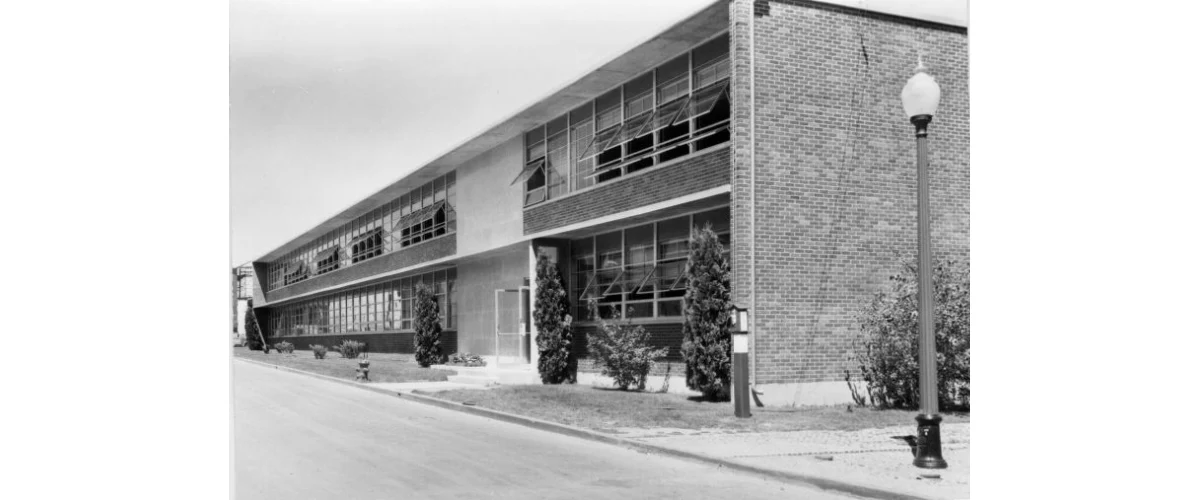
This view shows the newly completed Silas E. Ross Hall from the southwest (photographic print, 4.5 x 6.5 inches). Ross Hall was built in 1957 for the expansion of the College of Business. It was named after long-time regent, athletics coach, and early alumni Silas E. Ross. Today Ross Hall houses many different administration departments of the university.
1957
Students began taking classes in the Ovis School of Nursing, which received funding from Arthur E. and Mae Zenke Orvis.
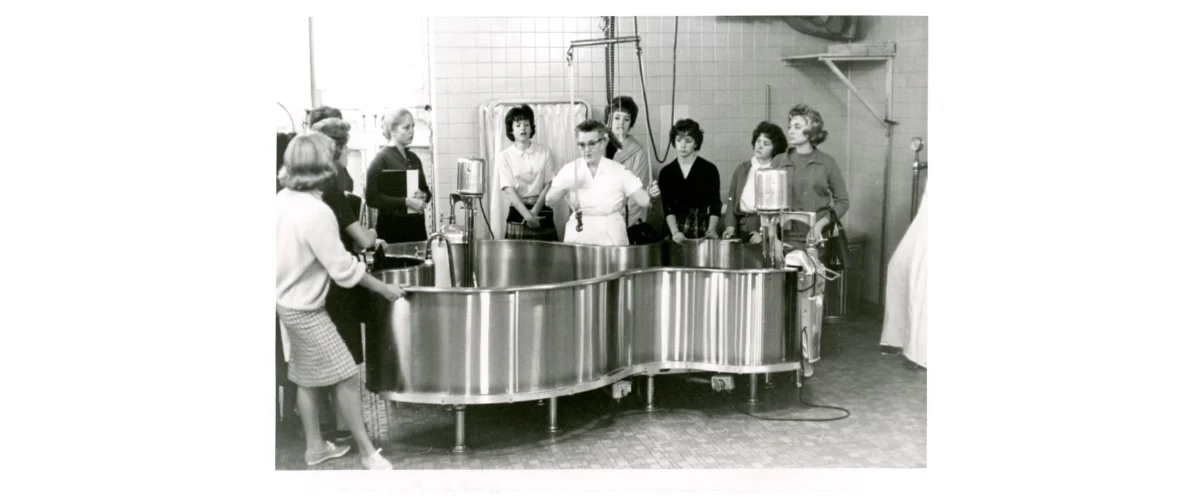
Orvis School of Nursing students take a field trip to at St. Mary's Hospital in Reno. A nurse stands with her hand on overhead ropes with students gathered around a large therapeutic tub. The Orvis School of Nursing was established in 1956 as the first nursing school in the state of Nevada.
1958
Construction concluded on Jot Travis Student Union, which alumni helped to fund.
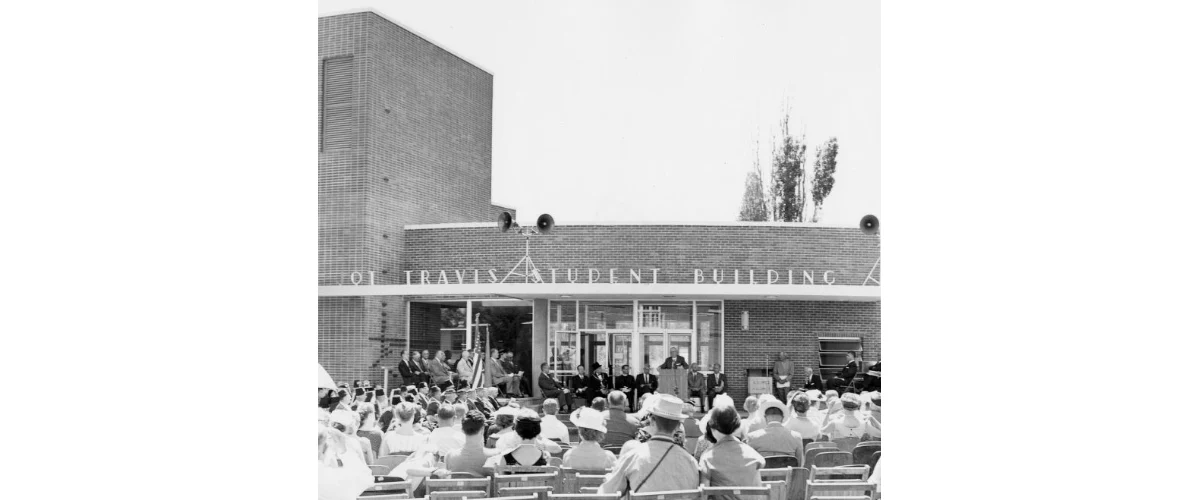
A crowd is gathered near the Jot Travis Student Union in 1958 observing the building dedication ceremony. The Jot Travis Student Union was built in 1958 as the first student center on campus.
1959
The University established the Desert Research Institute.
1959
On April 19th, the University celebrated the inauguration of Charles J. Armstrong as the 10th president.
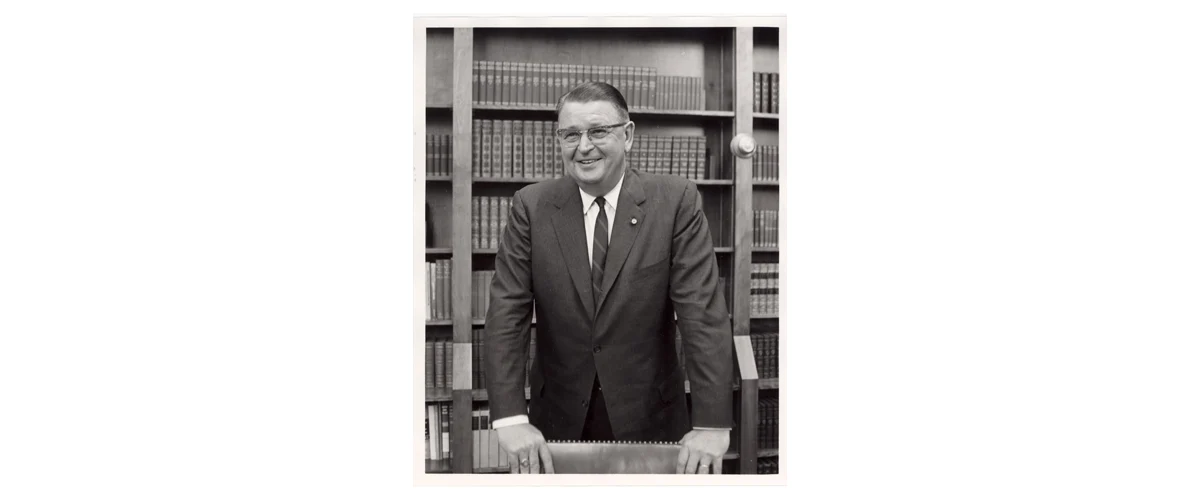
Black and white photo of Charles J. Armstrong standing while holding his hands on the back of a chair.
1960
The Winter Olympic Games selected the University as host university for the 1960 Games in Squaw Valley (now known as Olympic Valley).
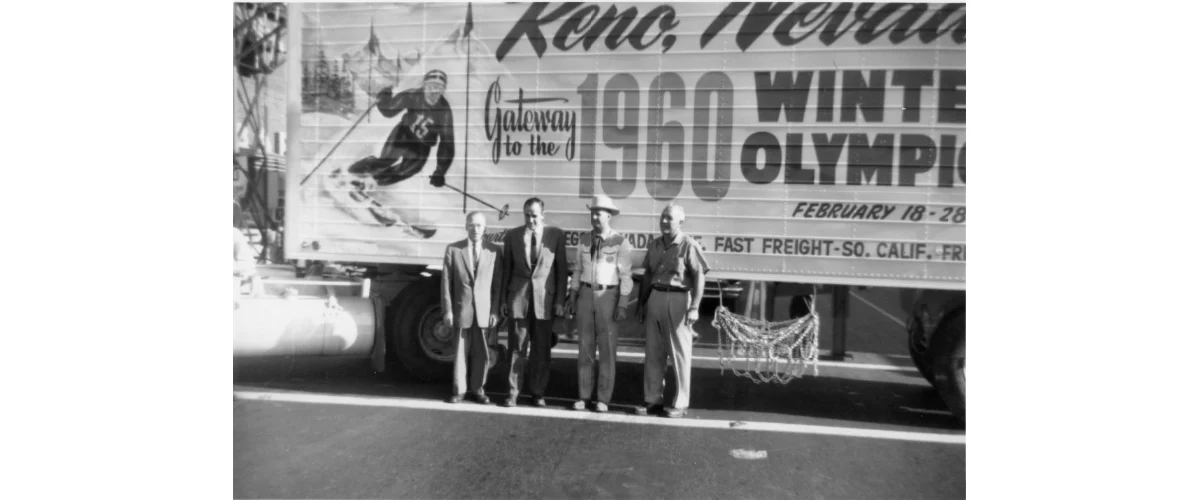
Black and white photograph of four men pose next to a truck painted with the sign: Reno, Nevada, gateway to the 1960 Winter Olympics
1961
The University of Nevada Press began operation with Robert Laxalt as editor.
1962
Getchell Library, named after Nevada mining tycoon Noble H. Getchell, opened.
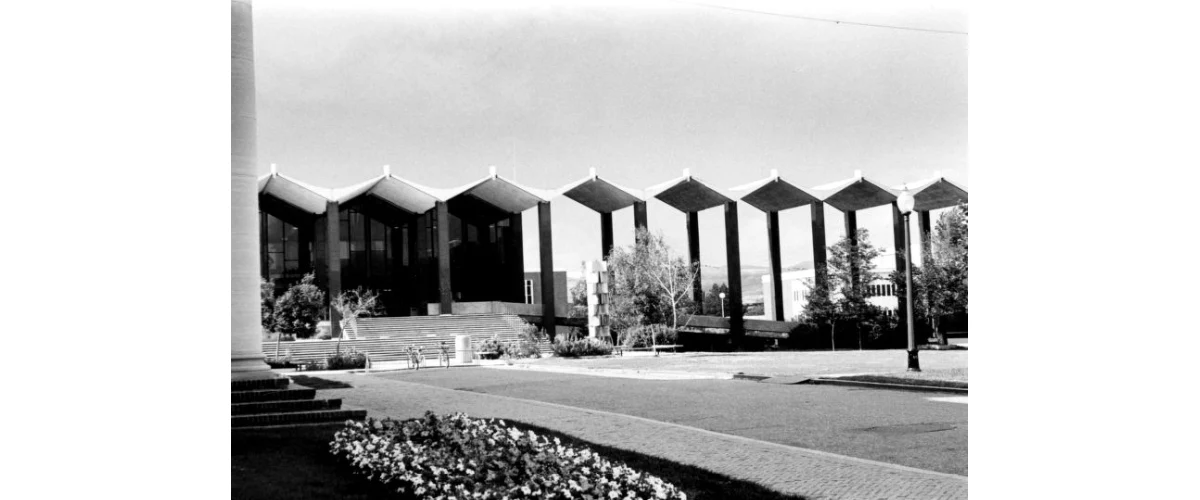
Black and white photo of the front of the Getchell Library as seen looking from a northwest position in 1962.
1963
The only planetarium in the shape of a hyperbolic paraboloid, the Fleischmann Planetarium and Science Center opened.
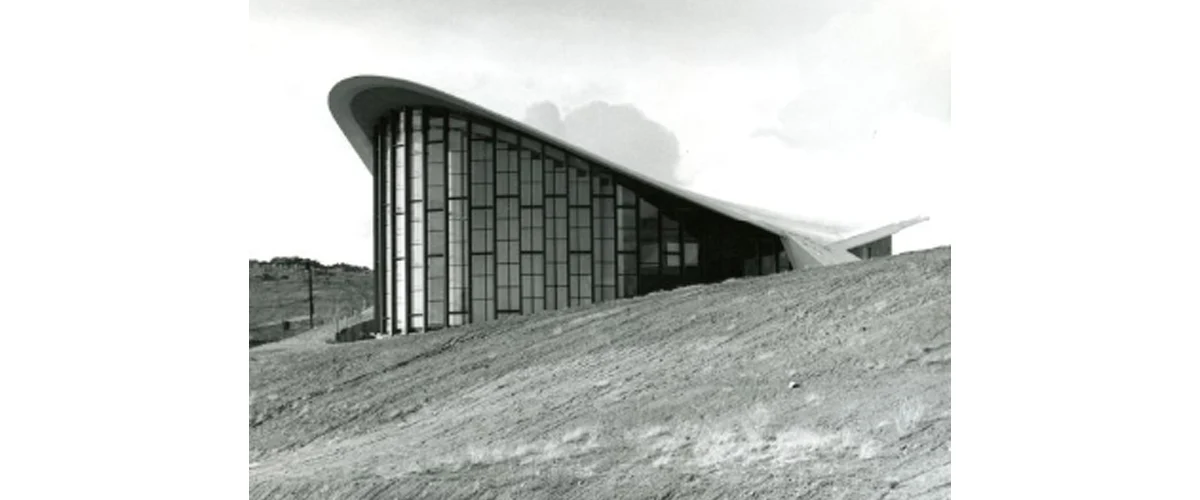
1962 black and white photo of the Fleischmann Atmospherium-Planetarium, viewed from the southwest, is photographed pre-landscaping.
1963
The University's FM radio station, KUNR, began broadcasting on October 7th.
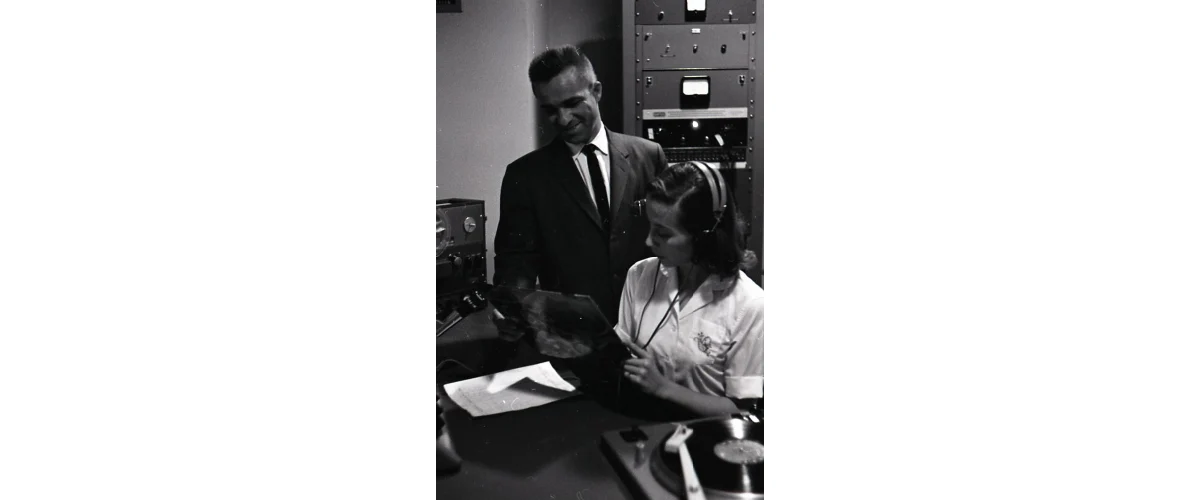
This black and white photo shows the first day of broadcasting for KUNR for FM radio. Station Manager Mary Robins is seated at record player with Dr. Donald Potter, Audio-Visual Director, looking on.
1964
The Oral History Program commenced.
1964
Roger Barron Morrison received the first doctoral degree from the University, a Ph.D. in Geology.
1965
Kenneth J. Carpenter founded Black Rock Press.
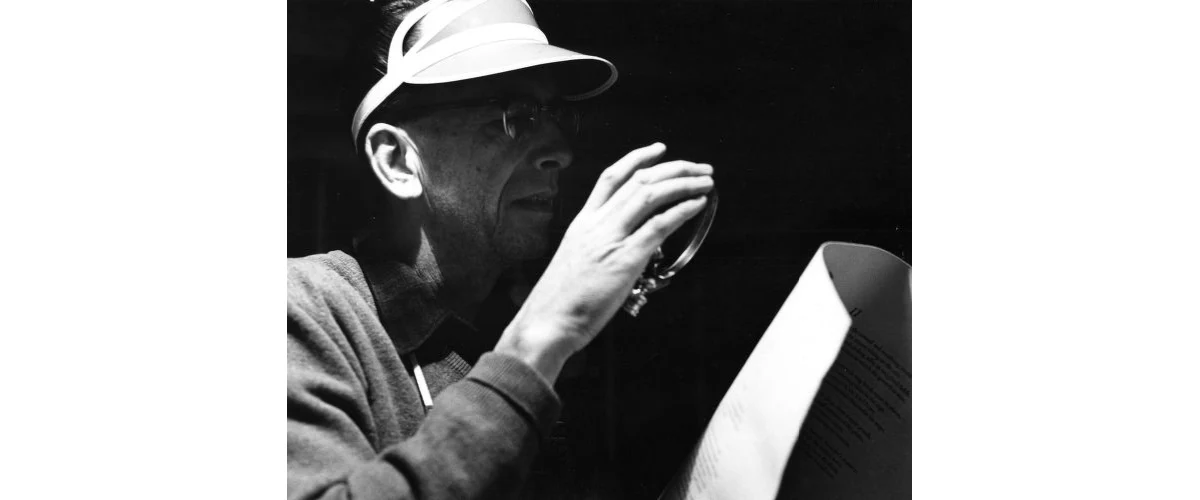
Librarian Kenneth Carpenter examines a page printed by the Black Rock Press' super-royal Columbian iron handpress. This printing press was originally built in 1837 and has been used by the Black Rock Press to teach the craft of printing books.
1965
University enrollment exceeded 5,000.
1966
On February 11, N. Edd Miller began his tenure first as chancellor, then as the 11th president of the University.
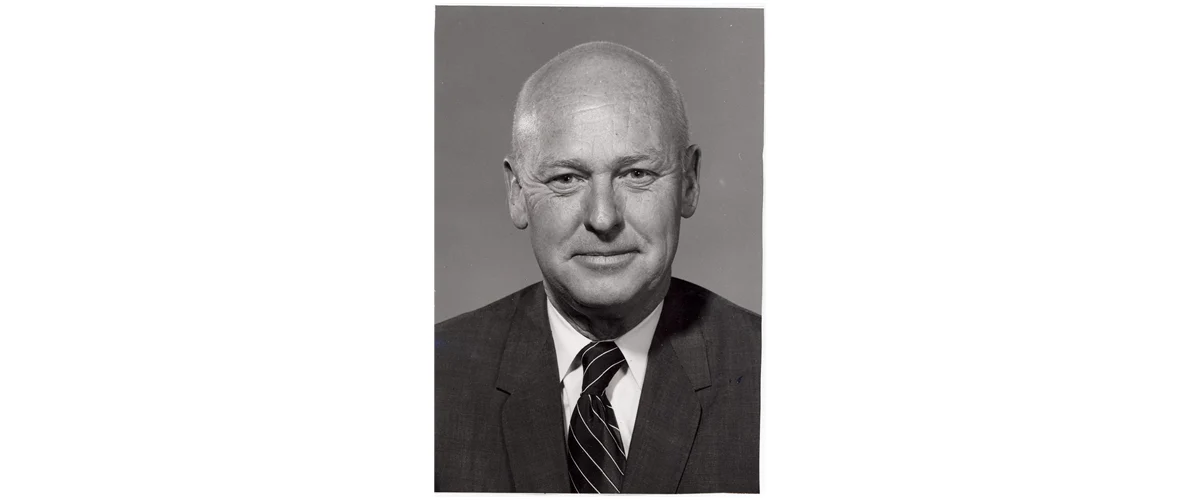
Black and white headshot of N. Edd Miller
1966
The University finished construction on the new Mackay Stadium in the northern end of campus.
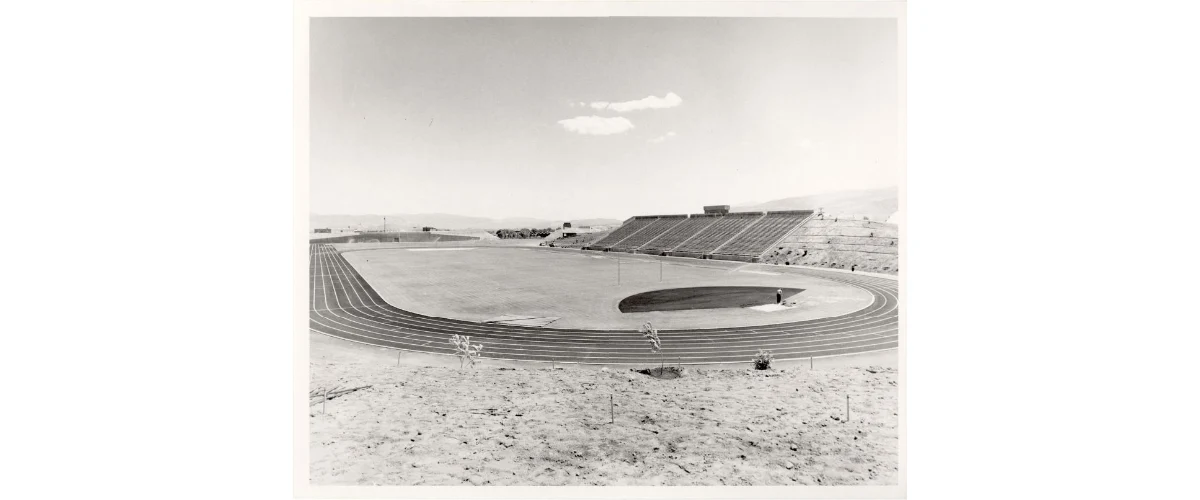
The newly completed Mackay Stadium is viewed from the north. The caption on image reads, "New Mackay Stadium" (photographic print, 8 x 10 inches). The modern Mackay Stadium was finished in 1967, replacing the historic Mackay Stadium built in 1910 which was located where the Lower Quad and the Donald W. Reynolds School of Journalism are today. Originally able to seat 7,500, since renovations the stadium can now hold 30,000 people.
1967
The Upward Bound program started offering support and services to low-income students at the University, one of the first in the nation.
1968
Black students on campus founded the Black Students' Union, an organization dedicated to serving Black students in the University community, local high school students, and minorities in the area.
1968
The American Indian Organization launched a campus chapter.
1968
Human Relations Action Council formed, comprising a group of faculty and students calling for "immediate and drastic action" on the part of the University regarding "the social problems created by racism and apathy."
1969
The Regents officially named the Reno campus the University of Nevada, Reno while changing the name of the southern campus to the University of Nevada, Las Vegas.
1969
The first African-American faculty member, Ben Hazard, began teaching in the Art Department.
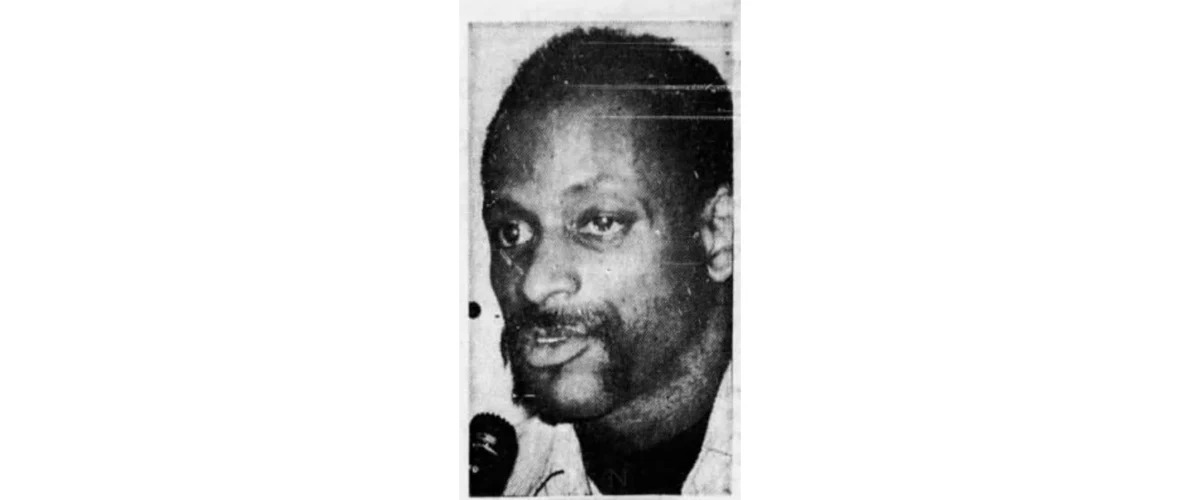
Black and white photo of Ben Hazard speaking into a microphone.
1969
Nevada and UNLV played their first football game on November 22nd. Nevada won, 30-28.
1970
Students and faculty staged the Governor's Day anti-war protest on campus, ultimately resulting in the dismissal of English professor Paul Adamian.
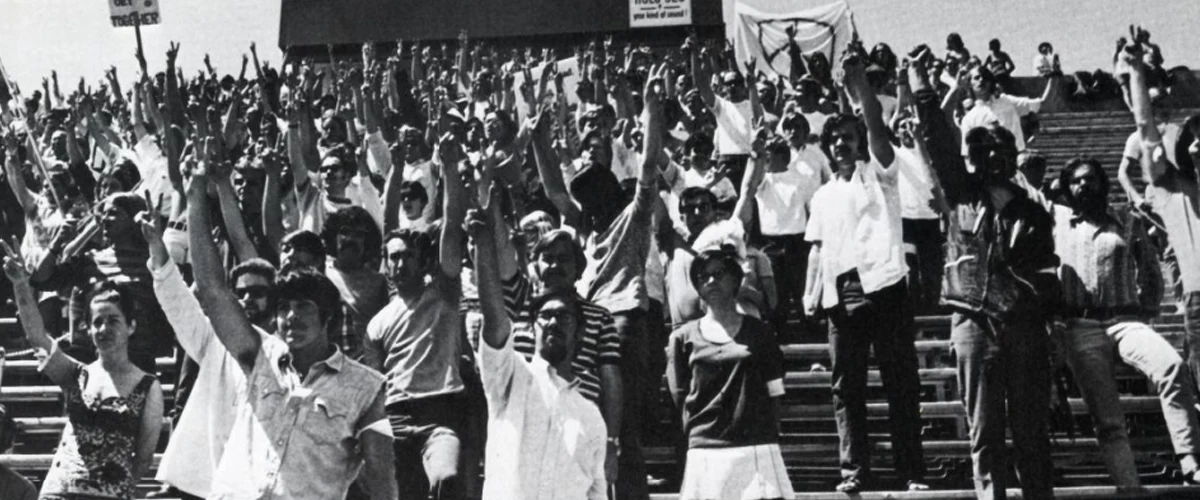
Protestors stand in the bleachers and press box showing peace signs with their fingers during an ROTC awards ceremony in Mackay Stadium during a student-led Vietnam War Protest on Governor's Day.
1971
Howard Hughes made the first payment on a $4 million 20-year gift in support of the new two-year School of Medical Sciences in Reno.
1972
Comprising faculty, staff, and students, the Commission on the Status of Women organized and began its ongoing advocacy work.
1974
Max C. Milam begins serving as president of the University of Nevada, Reno on October 12th. Milam was the University’s 12th president.
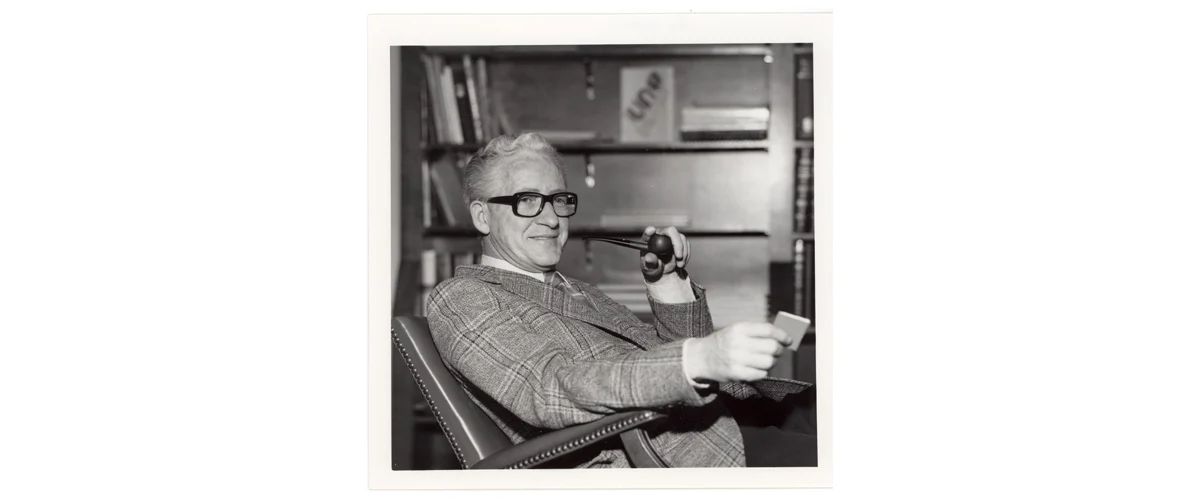
Black and white photo of Max Milam holding a pipe while seated in his office.
1974
The University celebrated its 100th birthday in Reno with a centennial convocation.
1978
The 13th to hold the office, Joseph N. Crowley became president on February 24th, beginning the longest presidential tenure at the University.
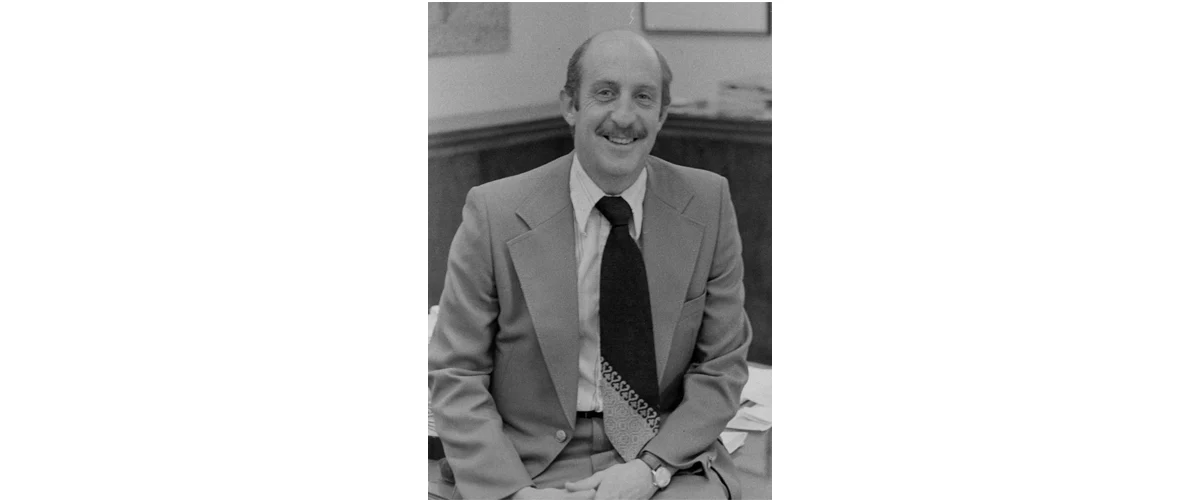
Black and white photo of Joe Crowley posing for a photo in his office.
1979
Morrill Hall reopened in a rededication ceremony after years of major renovations.